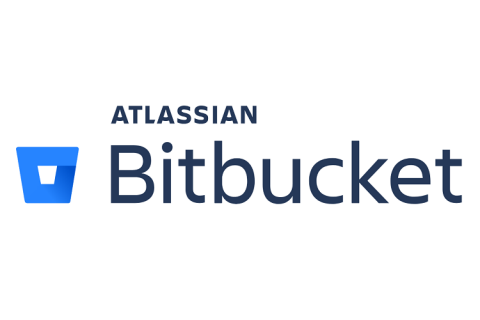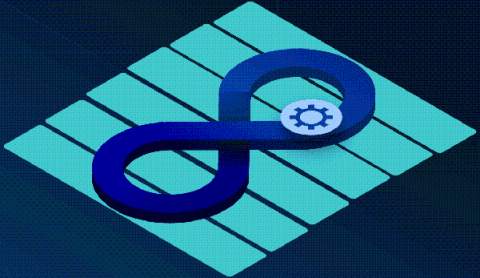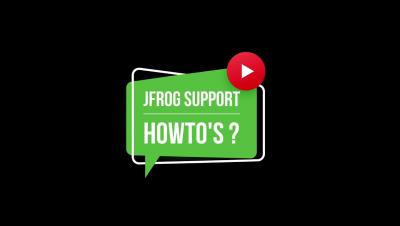Unlimited Preview Environments with Kubernetes Namespaces
In our big series of Kubernetes anti-patterns, we briefly explained that static test environments are no longer needed if you are using Kubernetes. They are expensive, hard to maintain, and hard to clean up. Instead, we suggested the adoption of temporary environments that are created on demand when a pull request is opened. In this article, we will see the practical explanations on how to achieve unlimited temporary environments using Kubernetes namespaces.











